Motivating Millennial Employees
VerifiedAdded on 2020/03/02
|6
|1054
|59
AI Summary
This assignment examines the factors influencing job satisfaction and motivation among millennial employees. It delves into Vroom's expectancy theory, highlighting the role of expectancy, instrumentality, and valence in driving employee performance. Additionally, it explores Herzberg's two-factor theory, differentiating between hygiene factors (extrinsic) and motivational factors (intrinsic). The assignment concludes with recommendations for managers on how to effectively motivate millennial employees by addressing both their extrinsic and intrinsic needs.
Contribute Materials
Your contribution can guide someone’s learning journey. Share your
documents today.
1 out of 6
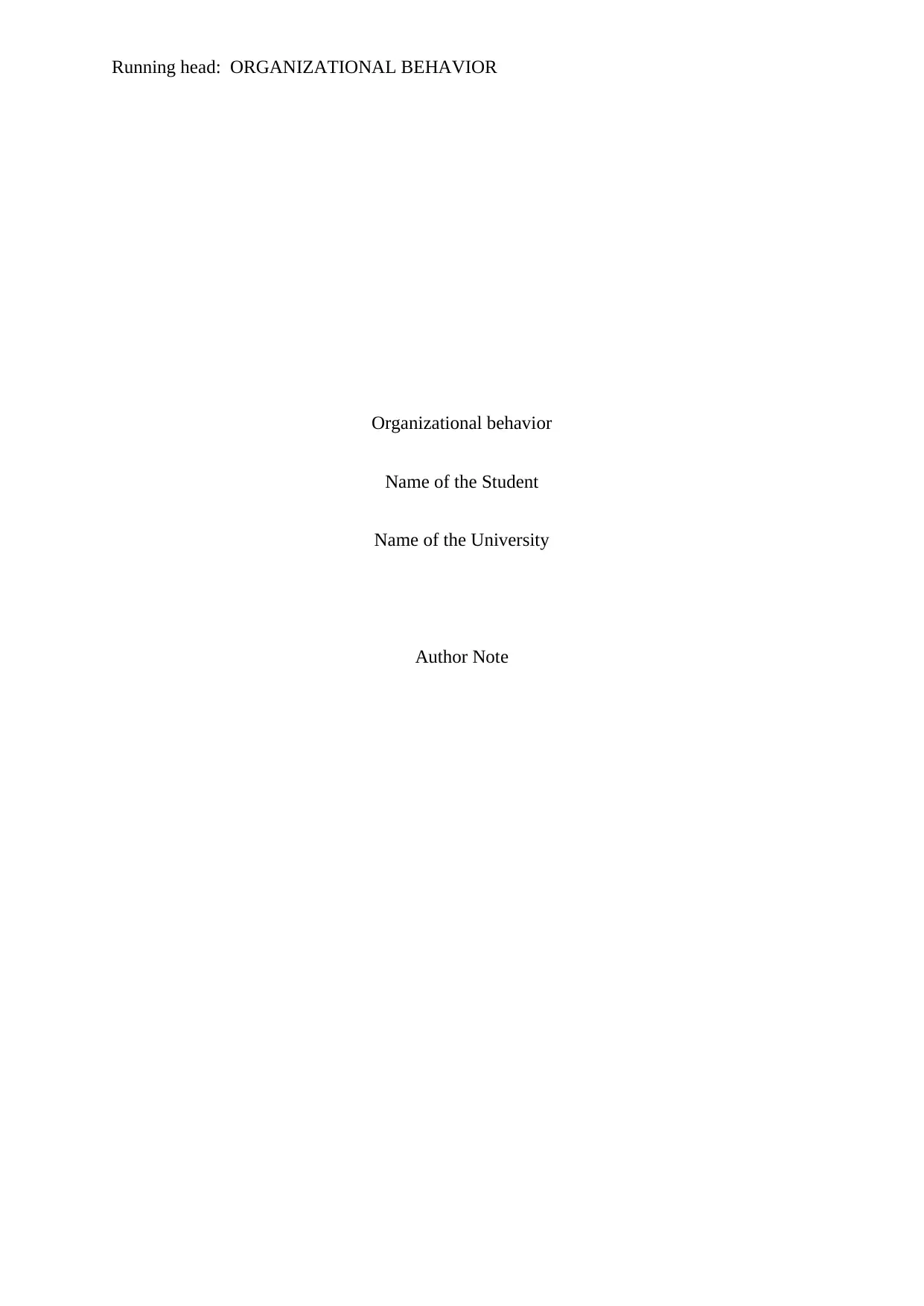
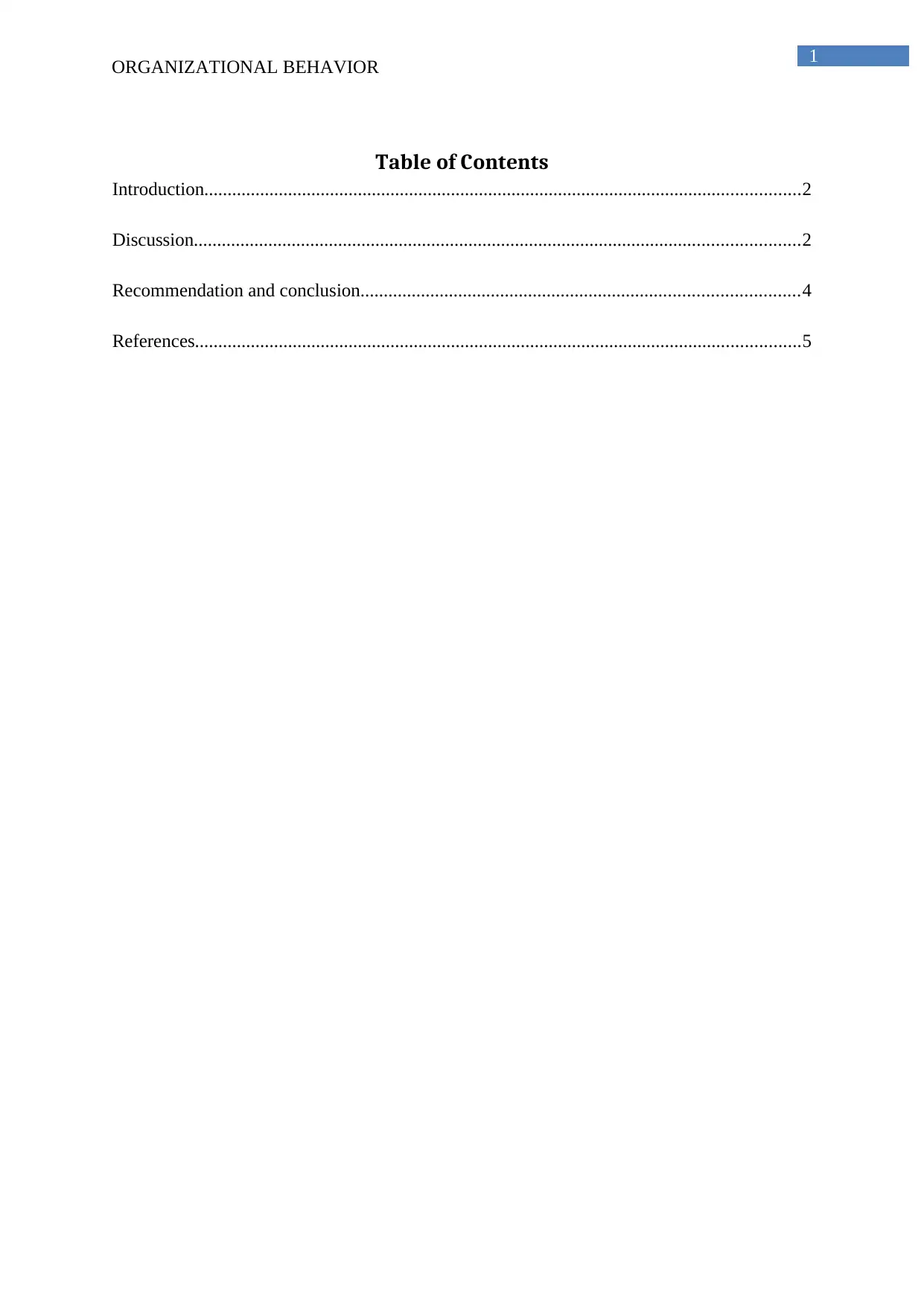
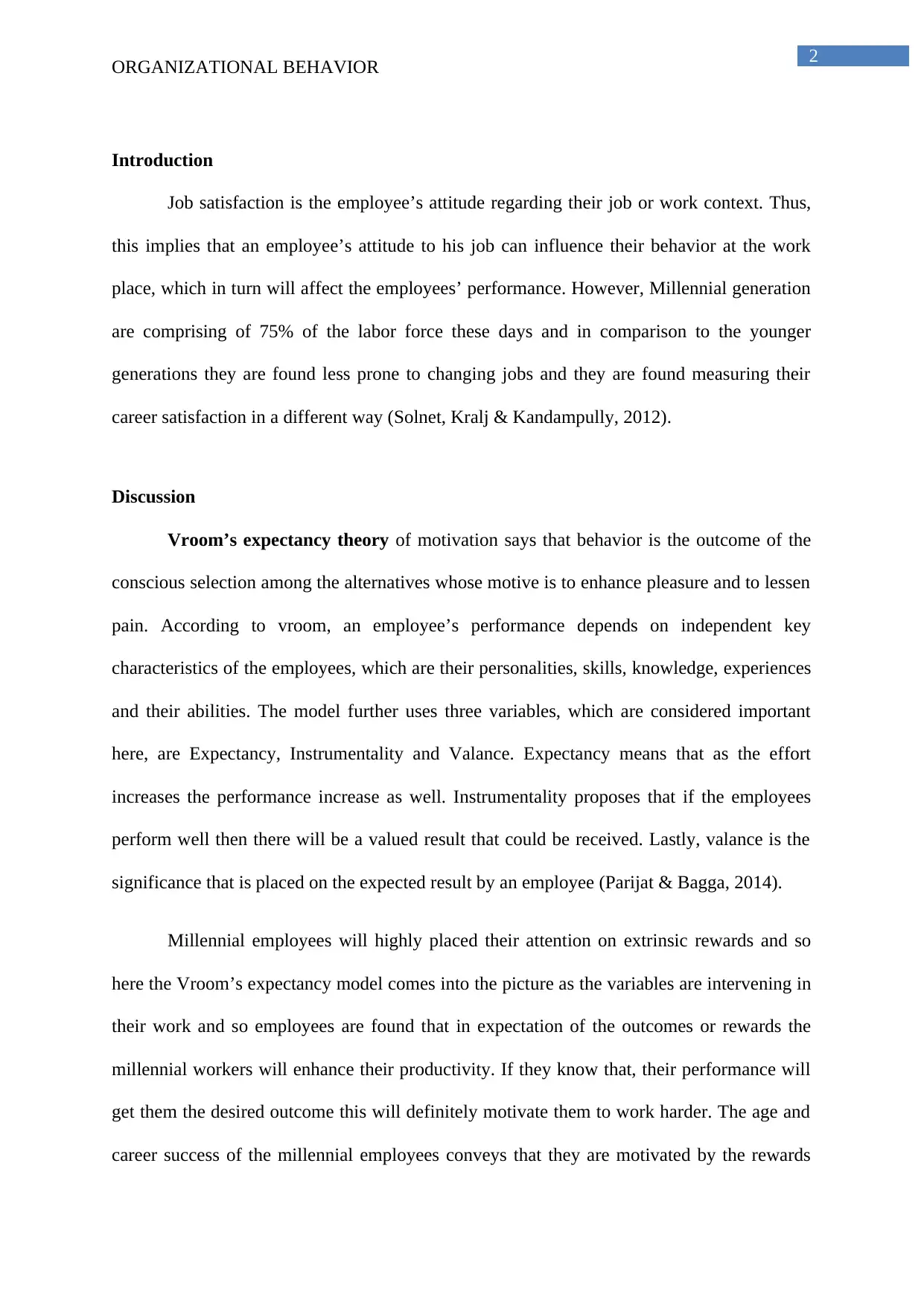
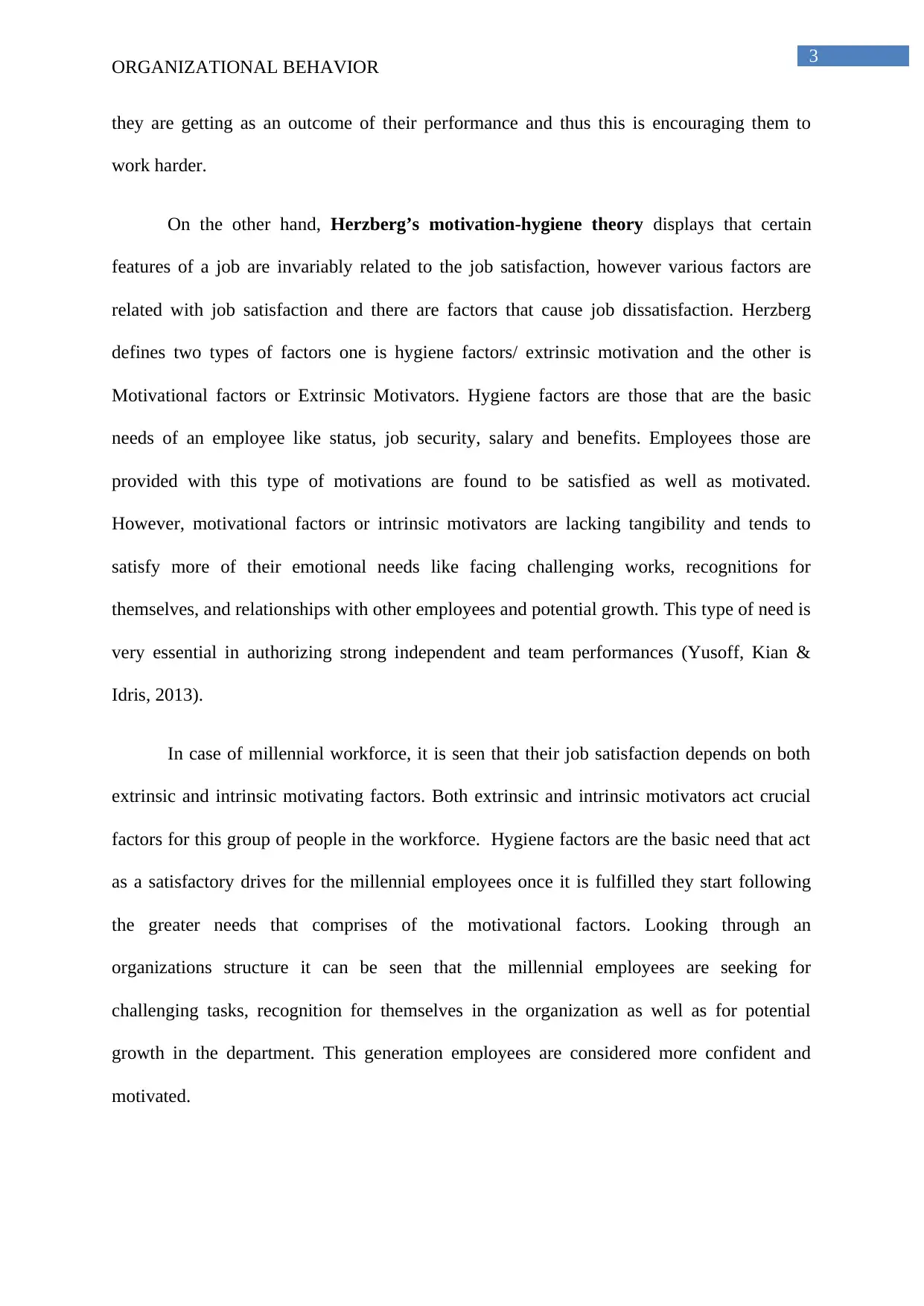
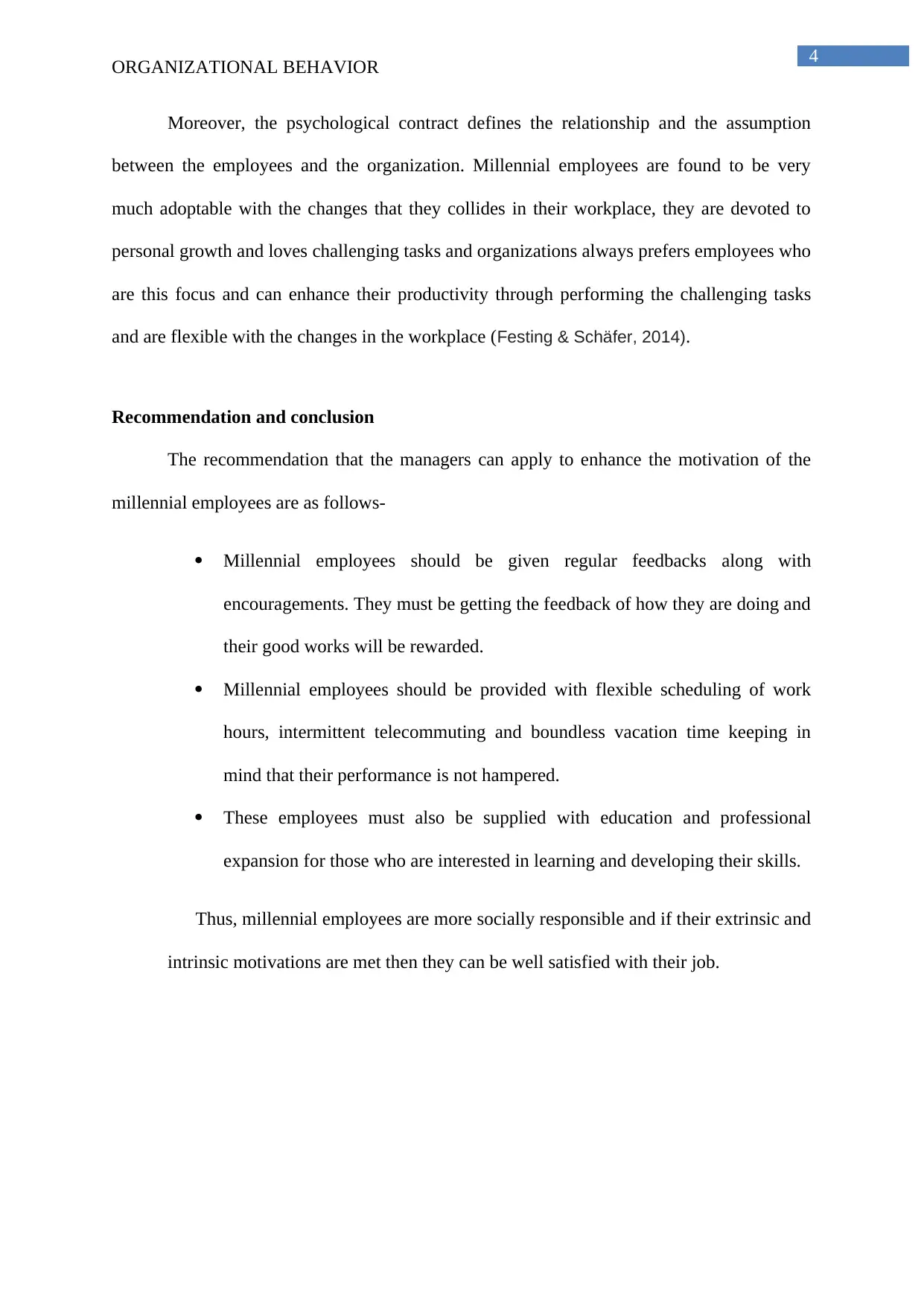
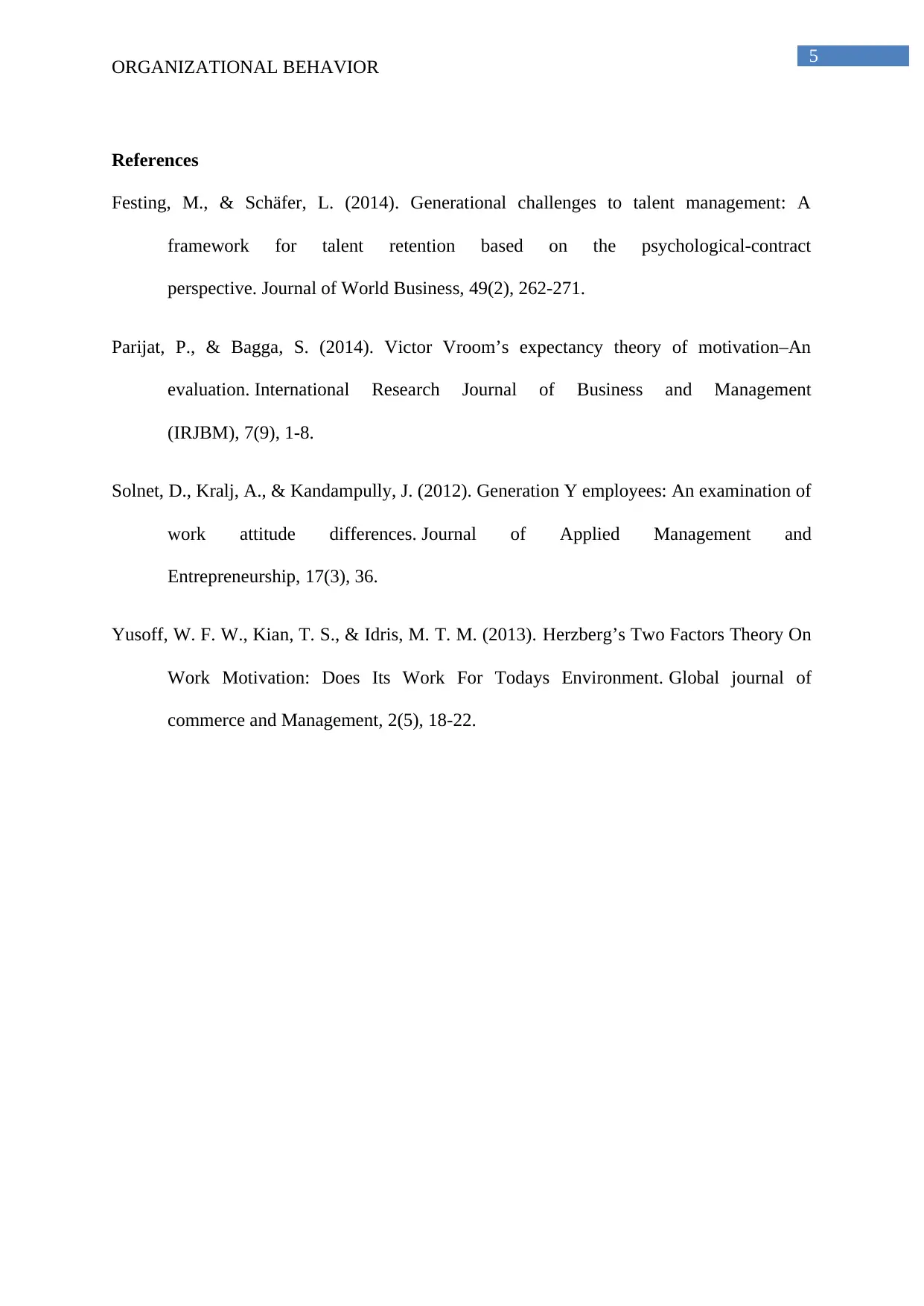






![[object Object]](/_next/static/media/star-bottom.7253800d.svg)